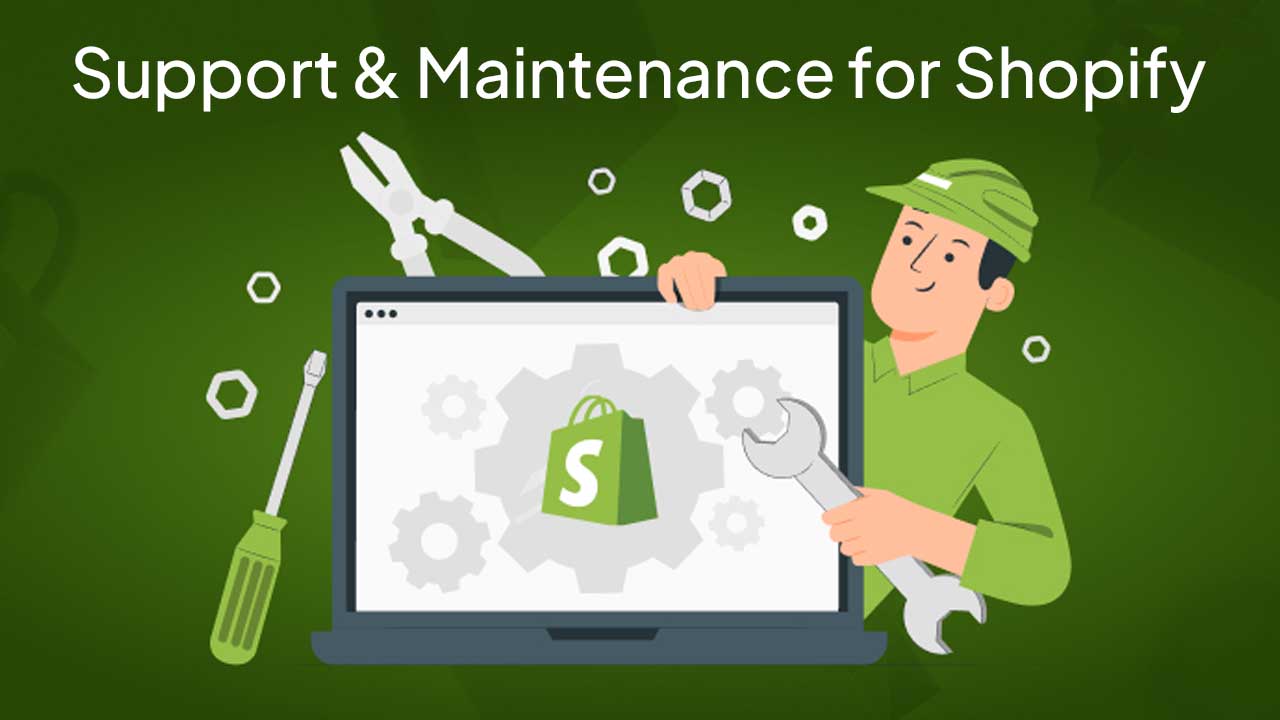Cloud Native Basics: What You Need to Know Now
In today’s rapidly evolving technological landscape, businesses are continually seeking Cloud Native Basics solutions to enhance efficiency, scalability, and agility. One such solution gaining momentum is cloud-native architecture. Cloud native refers to the approach of building and running applications that leverage the advantages of cloud computing, such as scalability and flexibility. In this article, we’ll delve into the fundamentals of cloud native, exploring its key concepts, benefits, and implementation strategies to empower you with the knowledge needed to thrive in the modern digital era.
Understanding Cloud Native
- Defining Cloud Native
Cloud native encapsulates a set of practices and methodologies aimed at harnessing the full potential of cloud computing environments. At its core, cloud native emphasizes the creation of applications that are designed to leverage cloud infrastructure, enabling seamless scalability, resilience, and agility.
Cloud native applications are typically developed using microservices architecture, where complex applications are broken down into smaller, independent services. These services are then deployed and managed independently, allowing for rapid development, deployment, and scaling.
Key Components of Cloud Native
- Containers and Orchestration
Containers play a pivotal role in cloud native environments, providing a lightweight and portable way to package and deploy applications, along with their dependencies and configurations. Container orchestration platforms, such as Kubernetes, facilitate the management of containerized applications at scale, automating tasks like deployment, scaling, and monitoring.
- Microservices Architecture
Microservices architecture promotes the decomposition of applications into smaller, loosely coupled services, each serving a specific function or feature. This modular approach enhances flexibility, scalability, and maintainability, as individual services can be developed, deployed, and scaled independently.
-
DevOps Practices
DevOps practices are integral to the cloud native paradigm, fostering collaboration and automation across development and operations teams. By embracing principles such as continuous integration, continuous delivery, and infrastructure as code, organizations can accelerate the pace of innovation and streamline the software delivery lifecycle.
Benefits of Cloud Native Adoption
- Enhanced Scalability
Cloud native architectures enable on-demand scalability, allowing applications to seamlessly adapt to fluctuations in workload and demand. With auto-scaling capabilities provided by cloud platforms, organizations can efficiently allocate resources based on real-time requirements, optimizing cost-efficiency and performance.
- Increased Resilience
By leveraging distributed architectures and fault-tolerant design patterns, cloud native applications inherently exhibit higher levels of resilience and fault tolerance. In the event of hardware failures or service disruptions, resilient applications can gracefully degrade functionality or failover to alternative resources, ensuring uninterrupted service availability.
-
Accelerated Time-to-Market
The modular nature of cloud native applications facilitates rapid development, deployment, and iteration cycles, enabling organizations to bring new features and updates to market at an accelerated pace. With streamlined processes and automation, development teams can focus on innovation and delivering value to customers without being encumbered by traditional infrastructure constraints.
Implementation Strategies for Cloud Native Adoption
- Cultural Transformation
Successful adoption of cloud native practices necessitates a cultural shift within organizations, emphasizing collaboration, experimentation, and continuous improvement. Cultivating a culture of innovation and agility empowers teams to embrace change and adapt to evolving market dynamics, driving business success in the digital age.
-
Containerization and Orchestration
Embracing containerization and orchestration technologies is fundamental to realizing the benefits of cloud native architectures. Organizations should invest in container platforms such as Docker and Kubernetes, providing developers with the tools and frameworks needed to build, deploy, and manage containerized applications effectively.
- Automation and CI/CD Pipelines
Automation lies at the heart of cloud native operations, enabling organizations to streamline development, testing, and deployment processes through continuous integration and continuous delivery (CI/CD) pipelines. By automating repetitive tasks and workflows, teams can achieve greater efficiency, consistency, and reliability in software delivery
FAQs
Q- What are the key characteristics of cloud native applications?
Cloud native applications exhibit traits such as scalability, resilience, and agility, leveraging cloud infrastructure and microservices architecture to deliver value to users.
Q- How does cloud native differ from traditional approaches to application development?
Cloud native embraces a decentralized approach, where it breaks down applications into smaller, independent services that developers can develop, deploy, and scale autonomously, unlike traditional monolithic architectures.
Q- What role does DevOps play in cloud native adoption?
DevOps practices foster collaboration and automation, accelerating software delivery and enhancing organizational agility across development and operations teams.
Q- Why is containerization important in cloud native environments?
Containers provide a lightweight and portable means of packaging and deploying applications, facilitating consistency and scalability across diverse cloud environments.
Q- How can organizations overcome challenges in transitioning to cloud native architectures?
Successful adoption of cloud native practices necessitates holistic cultural transformation, technology investment, and ongoing commitment to learning and improvement.
Q- What are some common misconceptions about cloud native adoption?
Many think cloud native focuses only on tech, but it’s a cultural shift embracing innovation, collaboration, and agility.
Conclusion
In conclusion, cloud native is revolutionizing how we build, deploy, and manage modern applications in the era of cloud computing. Organizations can unlock new opportunities for innovation, scalability, and competitive advantage in today’s digital landscape by embracing cloud native principles.









